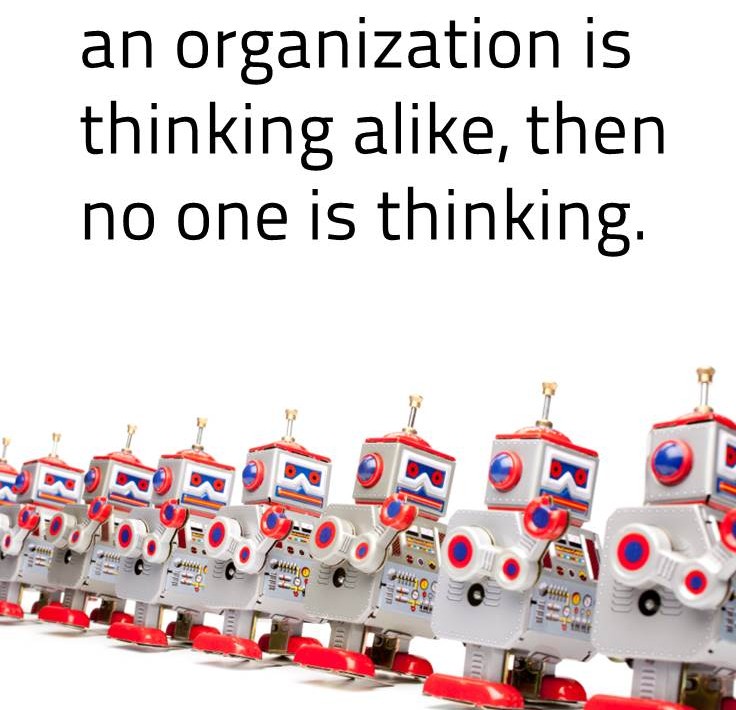Podcast: Play in new window | Download
Announcements:
As a reminder the content of this podcast and blog is intended to help companies and organizations implement internal social tools in order to operate more effectively.
My URL has changed for this site from sociallayerpodcast.com to www.socialayers.com (only one L). This url seems more appropriate for this site which hosts both blog and podcast posts.
Check out my guest post on at the Innocentive blog here!
Feature Segment:
One reason that R&D teams should use social enterprise networking. I have several reasons for this but went with only one for this episode in order to focus more sharing useful action items rather than just sharing lists.
Enterprise Social Networks can help to eliminate knowledge silos. These networks do this by:
- Creating a searchable database of employee expertise, allowing teams to identify experts and saving valuable company time on learning.
- Providing news feeds of knowledge workers work to spread valuable knowledge, making the company more intelligent and an overall faster innovator.
Call to Action: Poll your R&D team see how they react to the prospect of having a social network at work. Teach your teams that if knowledge sharing is important why not use the tool of software to help with this?
Social Layer Segment:
Whether we realize it or not we are learning things during our personal social media activities. The art of maximizing the connectivity and the response of your tribe to your social media posts can be different for every network. Apply these learning’s to your company network to maximize the response of your fellow employees to your posts and provide the maximize benefit the company.
Calls to action:
- Get active on at least one social media network, LinkedIn might be most applicable to a current or future enterprise social network.
- Compile a list of learning’s for each of your social media networks, focus on what types of posts at time for post get the most response from your connections?
If you like this podcast or if it has been useful to you please share the love at www.socialayers.com/love
What are some other ways that an R&D organization can use a social enterprise network?
Next episode we will discuss the mindset necessary to minimize the competitiveness between employees while maximizing the competitiveness of the company overall.
Happy New Year! I hope that your 2014 becomes your best year so far!



